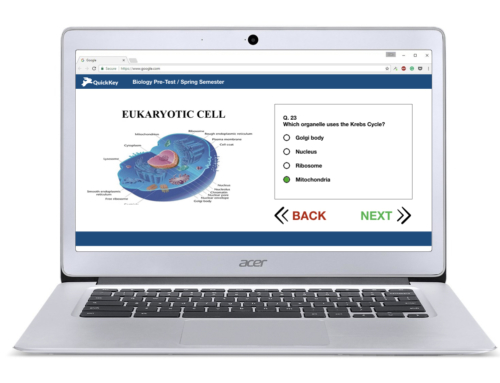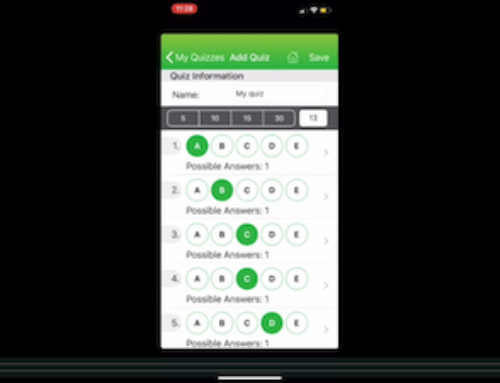
Quick Key Mobile™ turns your mobile device into a scanner and eliminates hand-grading of formative assessments, even for teachers working in paper-based classrooms without a computer or an internet connection. Analytics and data exports are fast and easy, so you can focus on your students.
|
From the Quick Key Mobile Team and Family
|
|
| How to Write Powerful Multiple-Choice Questions |

The Big Idea: Multiple choice questions can deliver powerful data. The Quick Key Blog is proud to bring you tools for writing effective MC questions, that require critical thinking, and yield powerful data.
In my research into how to craft the best multiple choice questions I came across this resource. I think the guidelines are well done, and speak to the needs of the students in front of us. I hope that you find this resource useful.
Best,
Walter Duncan Co-Founder Quick Key Mobile
|
 |
|
How to Write Powerful Multiple-Choice Questions
General guidelines for writing good multiple-choice questions:
- Present practical or real-world situations to the students.
- Present the student with a diagram of equipment and ask for application, analysis or evaluation.
- Present actual quotations taken from newspapers or other published sources and ask for the interpretation or evaluation of these quotations.
- Use pictorial materials that require students to apply principles and concepts.
- Use charts, tables or figures that require interpretation.
Procedural rules:
- Use either the best answer or the correct answer format.
- Best answer format refers to a list of options that can all be correct in the sense that each has an advantage, but one of them is the best.
- Correct answer format refers to one and only one right answer.
- Format the questions vertically, not horizontally (i.e., list the choices vertically)
- Allow time for editing and other types of question revisions.
- Use good grammar, punctuation, and spelling consistently.
- Minimize the time required to read each question.
- Avoid trick questions.
- Use the active voice.
- The ideal question will be answered correctly by 60-65% of the tested population.
- Have your questions peer-reviewed.
- Avoid giving unintended cues – such as making the correct answer longer in length than the distractors. GUIDELINES CONTINUED…….

|
|







